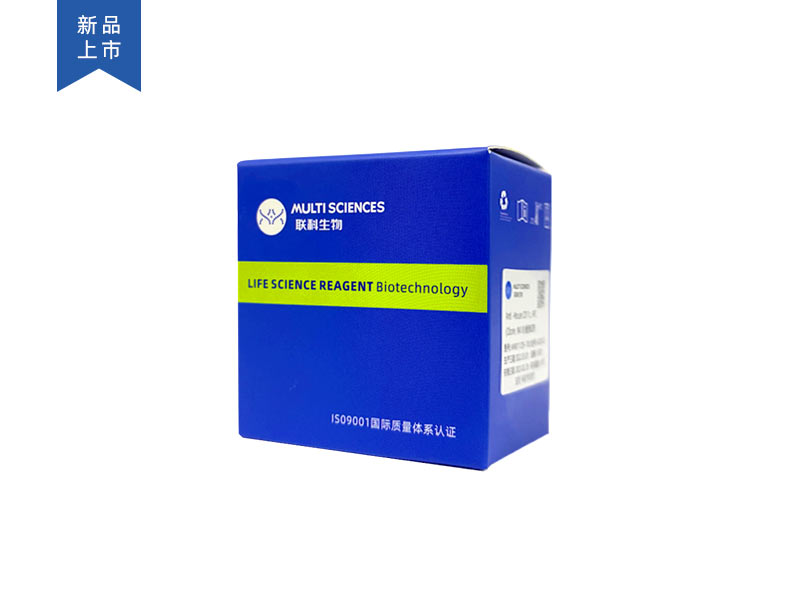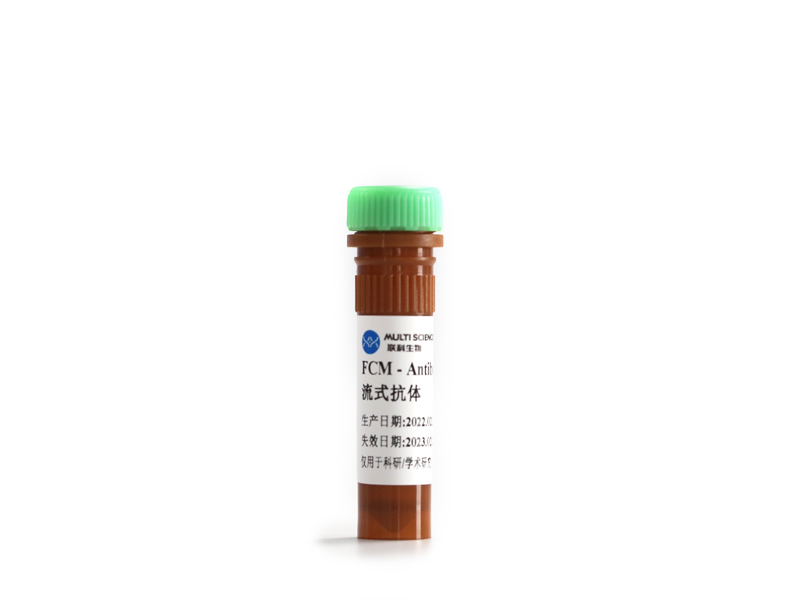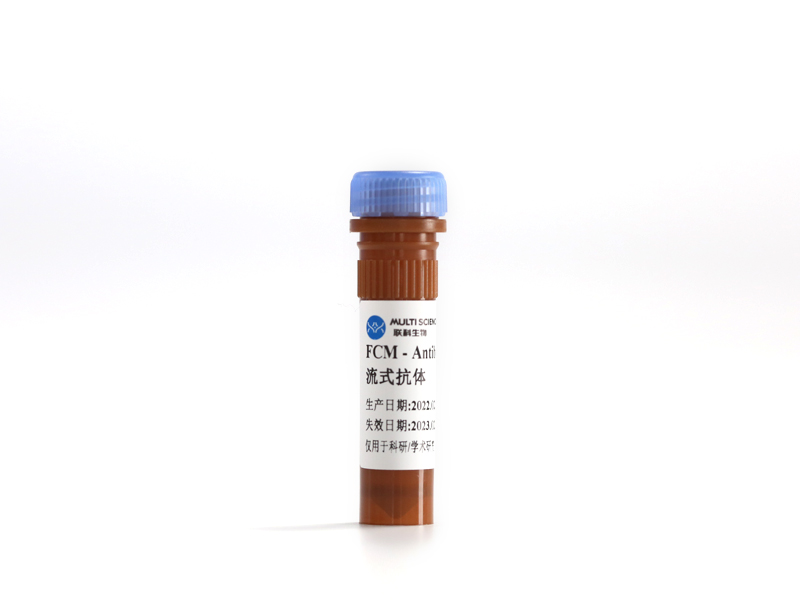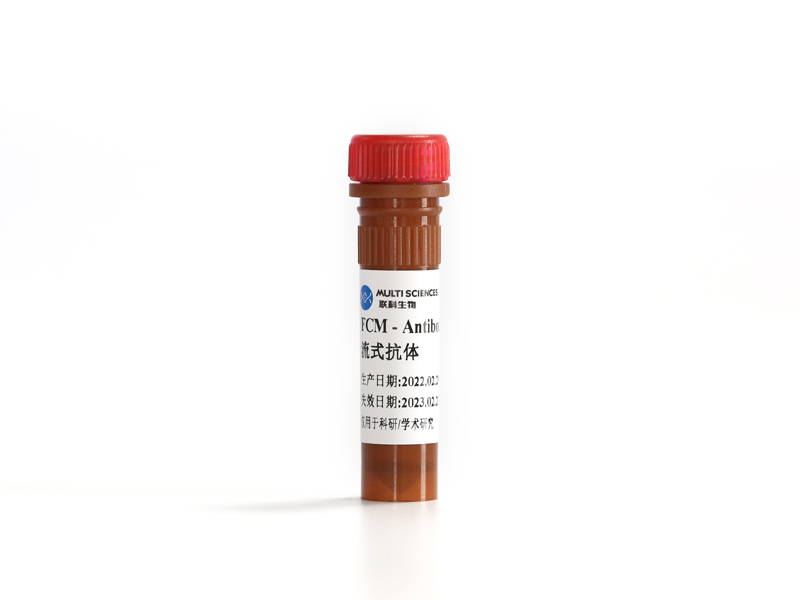Although cancer immunotherapy has achieved remarkable progress, the clinical treatment of triple-negative breast cancer (TNBC) is still tough to make a breakthrough. The unsatisfactory therapeutic effect may be attributed to the lack of tumor immunogenicity and the strong immunosuppressive tumor microenvironment (ITM). In order to overcome the above shortcomings, engineering nanoparticles (P-aCD24/CEL?+?P/shMFN1) was designed to deliver anti-CD24 monoclonal antibody (aCD24), celastrol (CEL) and mitofusin 1 shRNA (shMFN1) for synergistic tumor cells-targeted treatment and tumor-associated macrophages (TAMs)-targeted immunomodulation . CD24, highly expressed on tumor cells, interacts with Siglec10 on TAMs to protect tumor cells from phagocytosis by macrophages, and thus has become a novel and dominant immune checkpoint in TNBC. P-aCD24/CEL achieved the release of aCD24 based on the dual response of carrier to pH and MMP2 in tumor microenvironment. Moreover, CEL increased “eat me” signal CRT and induced the immunogenic cell death (ICD) of tumor cells, together with decreased “don't eat me” signal CD24, reactivated macrophage phagocytosis of tumor cells, and ultimately improves the macrophage-based immunotherapy. On the other hand, P/shMFN1 could target TAMs for mitochondrial dynamics regulation via durable MFN1 silencing in TAMs, thereby reversing the phenotype of M2-TAMs. P-aCD24/CEL and P/shMFN1 could synergistically elicit evident antitumor immune responses and long-term immune memory to significantly inhibit tumor progress and postoperative recurrence. Based on remodeling the ITM and increasing antitumor immune response, this combination immunotherapy strategy showed great potential for TNBC treatment.
文章引用产品列表
-
- F41011b01 9 Citations
- 流式抗体
Anti-Human/Mouse CD11b, FITC (Clone: M1/70) 检测试剂
- ¥208.00 – ¥440.00
-
- F21080A03 2 Citations
- 流式抗体
Anti-Mouse CD80, APC (Clone:009) 检测试剂
- ¥1,230.00 – ¥3,690.00
-
- F21480A02 3 Citations
- 流式抗体
Anti-Mouse F4/80, PE (Clone:BM8.1) 流式抗体 (新品)
- ¥560.00 – ¥1,232.00
-
- F21003A01 12 Citations
- 流式抗体
Anti-Mouse CD3e (17A2),FITC 流式抗体 (新品)
- ¥240.00 – ¥528.00
-
- F2100301 20 Citations
- 流式抗体
Anti-Mouse CD3ε, FITC (Clone:145-2C11) 流式抗体 (新品)
- ¥208.00 – ¥440.00
-
- F2100402 15 Citations
- 流式抗体
Anti-Mouse CD4, PE (Clone:GK1.5)流式抗体 (新品)
- ¥160.00 – ¥264.00
-
- F21004A02 12 Citations
- 流式抗体
Anti-Mouse CD4 (RM4-5),PE 流式抗体 (新品)
- ¥128.00 – ¥264.00
-
- F2108003 2 Citations
- 流式抗体
Anti-Mouse CD80 (B7-1), APC (Clone:16-10A1)流式抗体 (新品)
- ¥984.00 – ¥2,952.00
-
- F2108602 13 Citations
- 流式抗体
Anti-Mouse CD86 (B7-2), PE (Clone:GL-1)流式抗体 (新品)
- ¥600.00 – ¥1,320.00
-
- F21008A03 12 Citations
- 流式抗体
Anti-Mouse CD8a (2.43),APC 流式抗体 (新品)
- ¥240.00 – ¥528.00
-
- F21IFNG03 3 Citations
- 流式抗体
Anti-Mouse IFN-γ, APC (Clone:XMG1.2) 流式抗体 (新品)
- ¥544.00 – ¥1,192.00
-
- F11011B01 11 Citations
- 流式抗体
Anti-Human/Mouse CD11b, FITC (Clone:M1/70)流式抗体 (新品)
- ¥208.00 – ¥440.00
-
- F21011C01 9 Citations
- 流式抗体
Anti-Mouse CD11c, FITC (Clone:N418)流式抗体 (新品)
- ¥208.00 – ¥440.00





